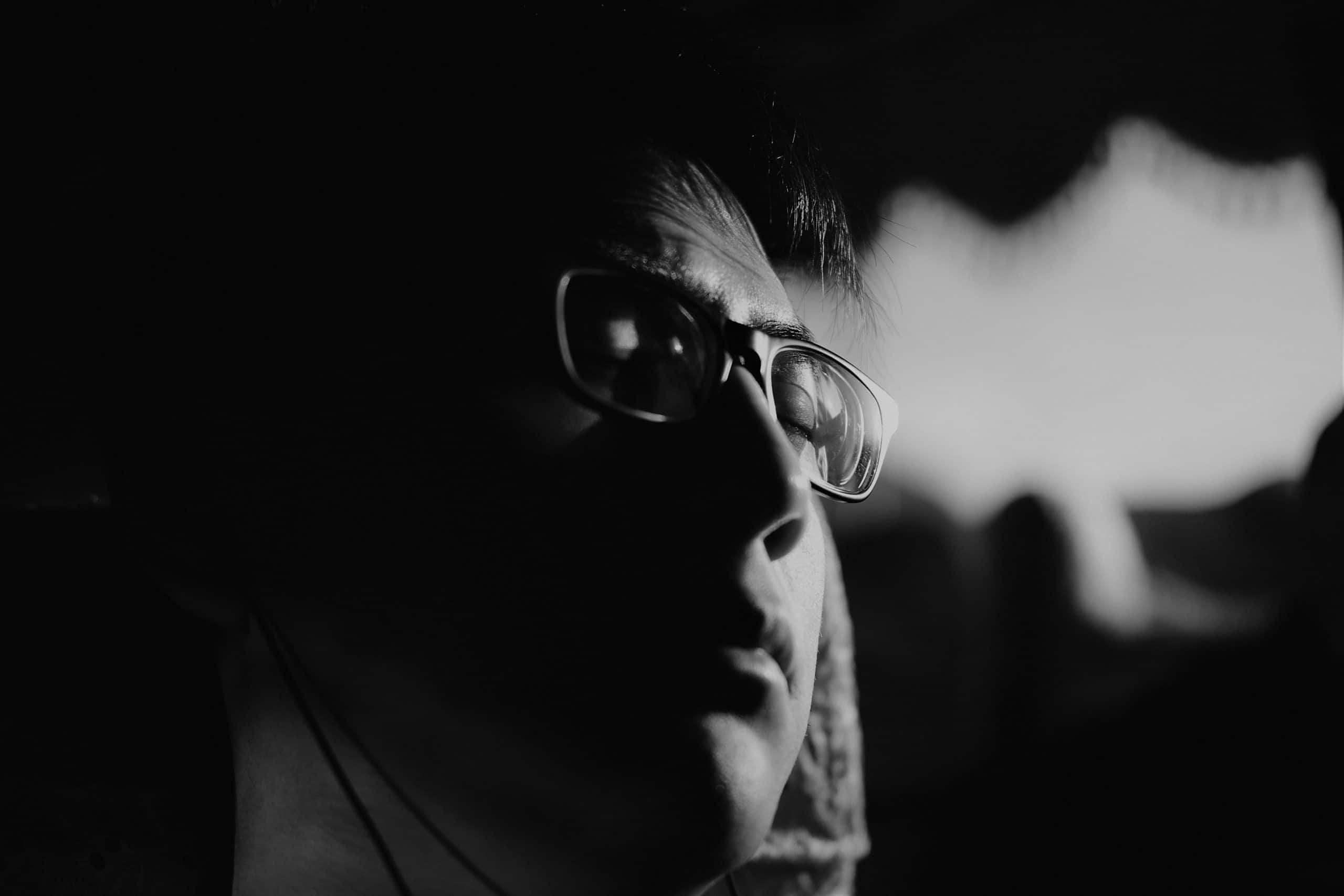Recent research findings that “optimal [sensory] performance depends on the spatial alignment” of eyes and ears are no surprise to the Northbrook, Ill.-based Mind-Eye Institute. Optometrists there have long been using “brain” glasses and other advanced optometric tools to synchronize – or re-synchronize — hearing and eyesight in patients who have learning and developmental disorders, as well as those with brain injuries, including strokes and neurodegenerative diseases.
Scientists from Boston University, writing in the December 2020 issue of the Journal of the Acoustical Society of America, determined that a person’s “detection and discrimination” of sound is significantly improved when the eyes find and fix on the source and location of that sound.” They found that eye position governs visual attention, which, in turn, affects auditory attention.
For more than 30 years, Mind-Eye Institute founder and executive director of research, Deborah Zelinsky, OD, has been studying the retina’s critical role in integrating the various senses, including eye-ear coordination, to process visual space.
“When intact, visual processing enables people to understand and interact appropriately with the world around them. If brain circuitry is out of sync because it has been disrupted by trauma or disease or is underdeveloped, people can become confused about their surrounding environment and exhibit inappropriate reactions and responses. If eyes and ears are not integrated, people have to continuously shift attention, and that effort becomes exhausting.” she says.
“Eye-ear integration is the concept underlying our clinical work and experience at the Mind-Eye Institute,” adds Dr. Zelinsky. “We use therapeutic lenses, filters and other optometric interventions to change the way light passes through the retina (which is made of brain tissue and part of the central nervous system), thereby affecting how the brain reacts to information about the environment. Our sensory systems are like musicians in an orchestra. Each musician may be highly skilled in a specific instrument, but without a conductor synchronizing what they are playing, the result is simply noise – not music.”
The Institute’s internationally recognized and patented Z-Bell Test℠ was developed and designed specifically to evaluate a patient’s overall integration of retinal processing with awareness of auditory space – basically, the stability of the eye-ear connection. During the test, a patient reaches out, with eyes closed, and tries touching a ringing bell. If the patient cannot do so, a Mind-Eye optometrist determines the optimal combination of lenses to place in front of the patient’s closed eyelids allowing the patient to find the bell immediately without conscious effort. Light still passes through the eyelids and activates parts of the brain not used for eyesight. With eyes closed, patients must visualize surrounding space in order to locate the bell. The auditory localization and visual localization must match to lessen overall effort and sensory confusion.
Dr. Zelinsky has been a longtime advocate for updating current eye examinations, which are based on prescribing for seeing non-moving targets clearly. Mind-Eye testing assesses peripheral retinal processing. Peripheral processing involves awareness of moving targets and reaction time. Peripheral and central eyesight must be used in tandem to scan and shift gaze from place to place and assess movement, shape, size, color, contour, and details of objects.
In a 2020 meeting before Congressional policymakers, Dr. Zelinsky called for mandatory testing of eye-ear connections in children. Most states have laws that mandate evaluation of a child’s eyesight and hearing separately but such testing does not determine how well the two sensory systems work together. The Congressional Neuroscience Caucus was interested.
“A percentage of children now labelled as learning-challenged and placed in special education classes could return to mainstream classrooms if their visual and auditory signals were properly coordinated,” Dr. Zelinsky says. “Too frequently, a child who struggles to learn is diagnosed as having a neurological problem, like attention deficit hyperactivity disorder (ADHD), and is transferred into a special-education program. Some of those children actually require more solid eye-ear integration.”

Media
Study of Eye-Ear Coordination Underscores Work at Mind-Eye
“The eye sees only what the mind is prepared to comprehend.”
